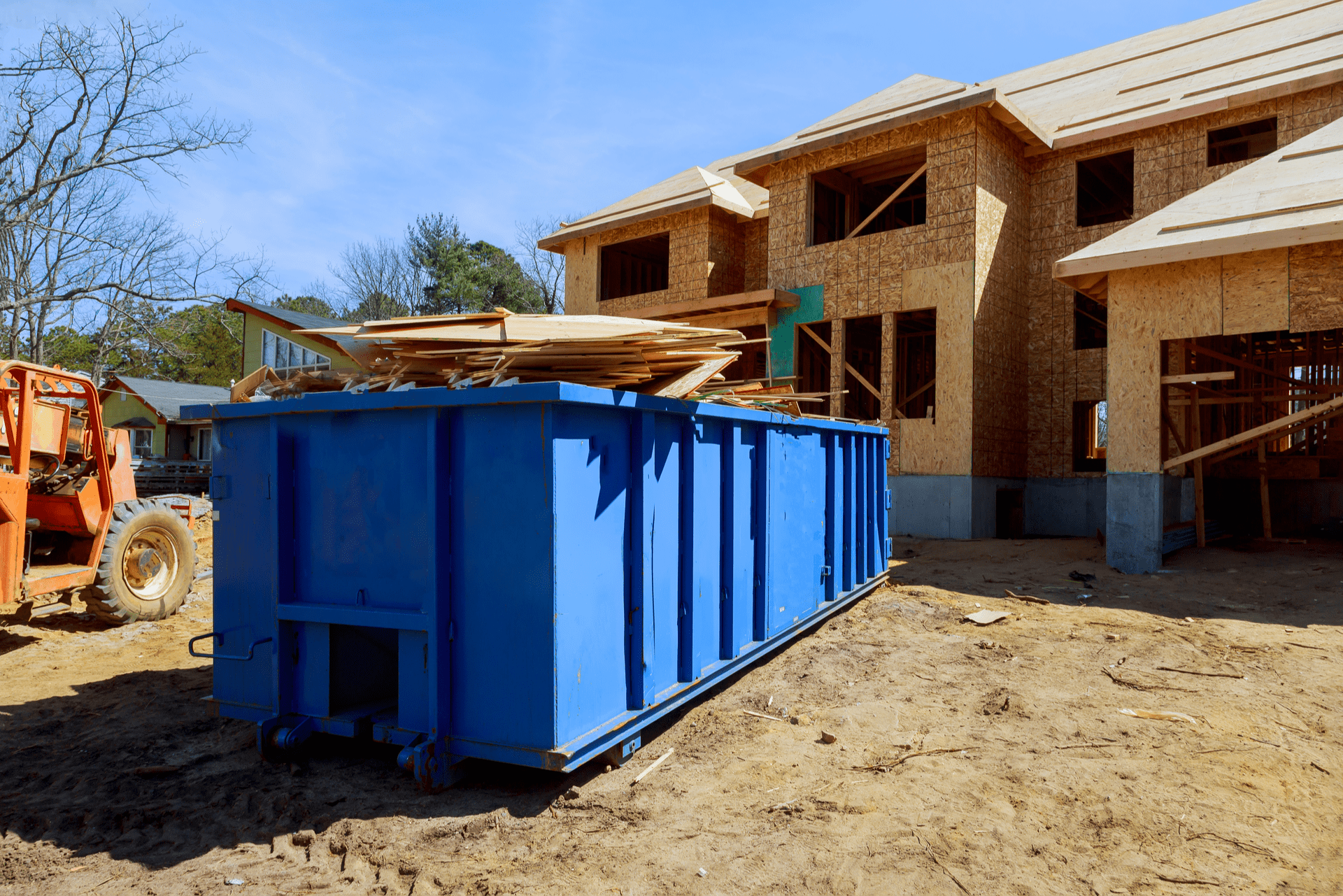CCTV drain inspections have revolutionized the way we diagnose and address drainage issues. Gone are the days of manual explorations and guesswork; modern technology now enables us to effectively inspect and evaluate the condition of drain lines with ease and accuracy. Through the use of Closed Circuit Television (CCTV) cameras, drainage professionals are now able to identify blockages, leaks, and other potential problems within drain systems, leading to quicker fixes and more efficient maintenance processes.
CCTV drain inspections involve the insertion of a small camera at one end of a drainage pipe, which is then remotely controlled to navigate through the entire length of the system. As it travels, the camera captures high-resolution images and videos that allow professionals to thoroughly examine the state of the drains. This method eliminates the need for costly and disruptive excavation works, providing an effective means of assessing drain conditions without major disruptions to surrounding areas. Whether it is for domestic or commercial drainage systems, CCTV drain inspections have proven to be an invaluable tool that saves time, money, and resources while ensuring optimal performance and longevity of drainage networks.

The Benefits of CCTV Drain Inspections
CCTV drain inspections have revolutionized the way we diagnose and address drainage issues. Gone are the days of manual explorations and guesswork; modern technology now enables us to effectively inspect and evaluate the condition of drain lines with ease and accuracy. Through the use of Closed Circuit Television (CCTV) cameras, drainage professionals are now able to identify blockages, leaks, and other potential problems within drain systems, leading to quicker fixes and more efficient maintenance processes.
One of the key advantages of cctv drain inspections is their non-invasive nature. This method eliminates the need for costly and disruptive excavation works, providing an effective means of assessing drain conditions without major disruptions to surrounding areas. By simply inserting a small camera into the drainage pipe, professionals can navigate through the system and capture high-resolution images and videos that allow for a thorough examination of the drains. This not only saves time but also resources, as it eliminates the need for unnecessary digging or dismantling of structures. By quickly identifying any issues, professionals can provide targeted solutions and ensure optimal performance and longevity of drainage networks.
Overall, CCTV drain inspections offer numerous benefits for diagnosing and resolving drainage issues. The non-invasive nature of this method eliminates the need for costly excavation works, minimizing disruptions to surrounding areas. By inserting a small camera into the drainage pipe, professionals can navigate through the system and capture detailed images and videos, providing a thorough examination of the drains. This saves time, money, and resources by avoiding unnecessary digging or dismantling. With the ability to quickly identify blockages, leaks, and other potential problems, drainage professionals can provide targeted solutions for more efficient maintenance processes and ensure the optimal performance and longevity of drainage networks.





